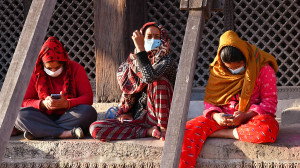National
Police begin forensic probe into arson after six weeks of Gen Z protests
Samples collected from Singhdarbar, Supreme Court, Parliament and private firms as officials suspect use of chemicals in coordinated arson.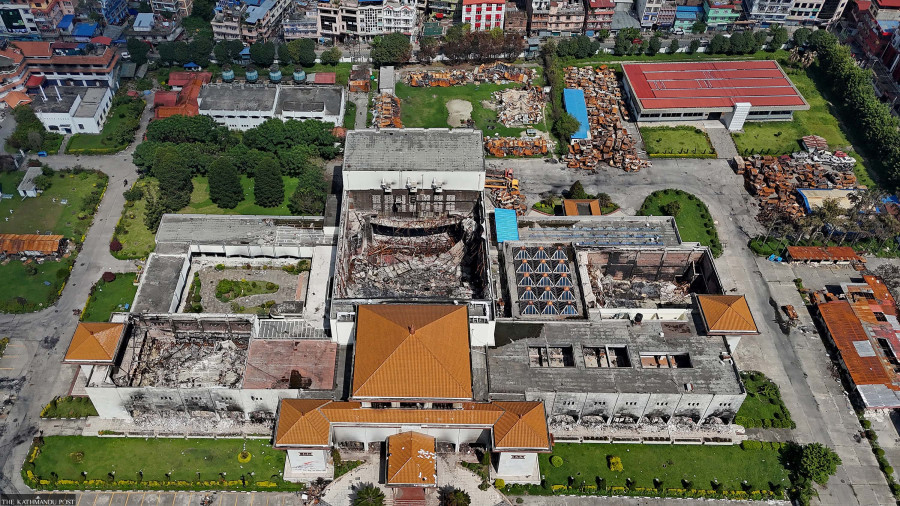
Post Report
More than six weeks after the Gen Z uprising, police have finally begun forensic investigations into the structures damaged by arson. Ashes were collected from key administrative centres, including Singhdarbar, the Supreme Court, the Parliament Building, the President’s Office, and private establishments such as Kantipur Media Group and Bhat Bhateni Supermarket.
A special inquiry committee, led by Superintendent of Police Kaji Kumar Acharya of the Kathmandu Valley Crime Investigation Office, was formed after suspicions arose over the fires that broke out across multiple locations on September 9.
Forensic officers only collected ashes from Kantipur’s Thapathali office on Saturday. “Samples were taken from multiple points within the same damaged building. Five samples were collected from Kantipur alone,” the officer said. The New York Times, in its recent news reporting, suggested that chemical substances may have been used during the arson.
An investigation by the Post revealed that there were discussions on making Molotov cocktails, importing arms, and setting fire to particular buildings in Discord.
Messages exchanged over three days on Discord servers Youth Against Corruption and Yuwa Hub, used by activists, were also analysed by the Post. Between 9:35pm on September 7 and midnight on September 9, roughly 114,000 messages were exchanged. Discussions included chemicals with sodium and petrol bomb making. The term Molotov cocktail appeared 356 times on the servers.
According to Bigyan Raj Sharma, a member of the inquiry commission formed to look into the loss of lives and property in the Gen Z-led protests of September 8-9, the commission requested police to test the ashes from the burnt buildings.
“We asked for testing before the matter became widely discussed outside, as any delay could result in chemical traces being lost. We recommended testing six designated locations, which will make preparing the final report easier,” Sharma told the Post. Police officials, however, said the commission’s letter arrived only after the internal inquiry committee had been formed. “Once the committee completes the report, it will be submitted to the commission,” an official said.
The police probe committee, led by Acharya, includes SP Shalikram Sharma of the Kathmandu Valley Police Office, Deputy Superintendent of Police Chandra Thapa of Kathmandu District Police Range, and technical officers from the Nepal Police’s Forensic Science Laboratory. “We have been directed to complete testing and submit reports as soon as possible to address public suspicion,” a committee member said. “Arson itself is a crime, and if chemicals were involved, it’s even more critical to investigate, as this poses long-term risks.”
Forensic experts have expressed concern that delays in evidence collection may compromise the investigation. Former head of the National Forensic Science Laboratory Jeevan Rijal said delayed collection makes it harder to secure accurate evidence, emphasising that the sites should have been sealed immediately. Forensic lab officials also acknowledge the challenges caused by delayed sampling. “It will be extremely difficult to find what we are looking for in ashes collected now, but we are making the effort,” one officer said.
Authorities also worry that immediate cleanup after the protests may have destroyed potential evidence. “While cleaning was praised at the time, the sites should have been sealed to preserve evidence. The later the collection, the harder the investigation becomes. But given the widespread arson, diligent effort may still yield some findings,” an official said.
The Gen Z movement erupted on September 8 against social media restrictions and corruption. Following a crackdown by police, angry protesters engaged in vandalism and arson the next day, targeting government, private, commercial, and party offices. Questions now remain over how the fires spread across multiple locations immediately after protesters entered the parliament building. Gen Z representatives insist their goal was not vandalism or arson, while Prime Minister Sushila Karki and others have also expressed suspicion over infiltrations.




 19.12°C Kathmandu
19.12°C Kathmandu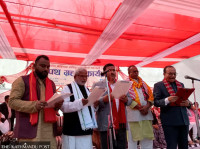


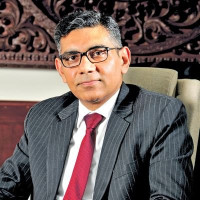

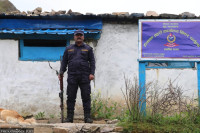


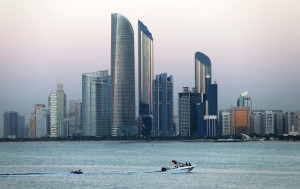

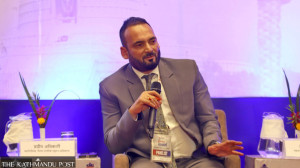

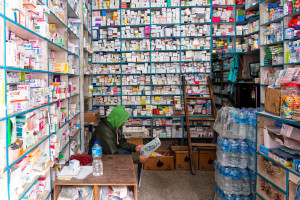
%20(1).jpg&w=300&height=200)

